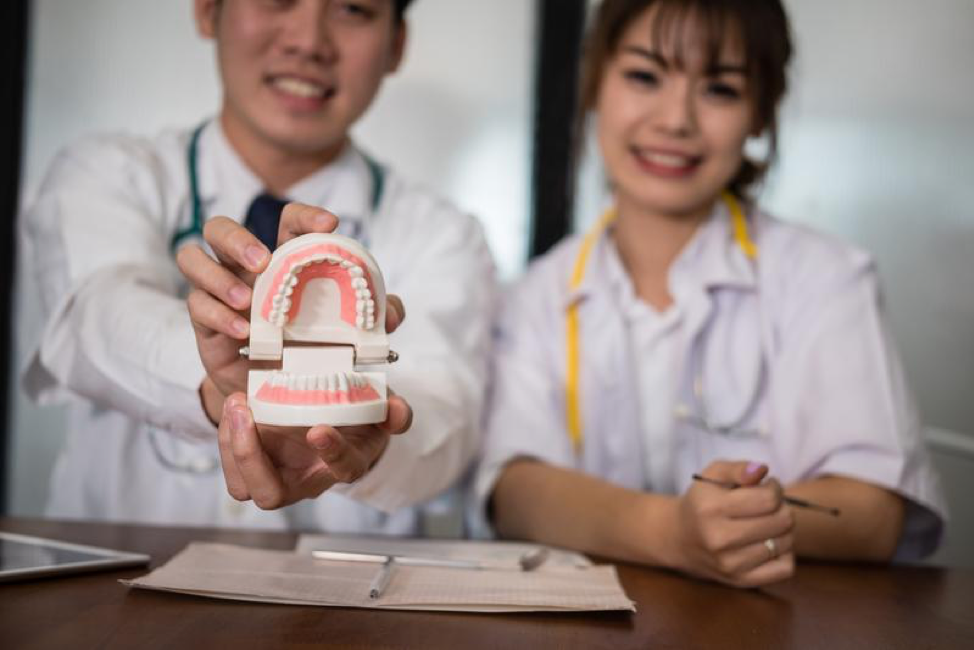Everyone has heard of orthodontic services such as braces or Invisalign, but here are some that not too many people know about. Whatever they are, their purpose is to align the person’s bite and restore a beautiful smile. Here are five orthodontic services to know about:
Overdentures
These are simply dental implants given to people who are missing many or even all of their teeth. According to Clement Dental, “overdentures, also known as implant-supported dentures, are dentures that are attached to implants in the jaw.” Because of the nature of the implants, these effectively serve as permanent dentures.
Like dentures that can be removed, overdentures help the patient to eat and speak clearly, support their facial structure and preserve the bone in their jaw. This happens because the body treats the implanted post much like it treats a tooth root. Even though the post is usually made of titanium, it is biocompatible and can fuse with the bone in the jaw.
Bionators
Though it sounds like a villain in a sci-fi thriller, bionators are devices that are worn by patients whose upper and lower jaws are misaligned. Specifically, from the DDS Lab website, the lower jaw is too far back, and the bionator stimulates the jaw to grow while the upper jaw is stabilized. They are most often given to children. Bionators are removable and used with headgear. Many young patients consider them quite the fashion statement and wear bionators that glow in the dark or sparkle.
Veneers
Veneers are considered cosmetic dentistry, but they do play a role in aligning the patient’s teeth. They are used to correct the look of teeth that are not only discolored but crooked, chipped, crowded or gapped. When a patient has a veneer, a very thin layer of enamel is removed from the tooth, and an equally thin porcelain shell is cemented in place. Thanks to modern technology, the color, and shape of the veneer can match the patient’s natural teeth exactly.
Periodontal Therapy
Periodontal therapy uses both nonsurgical and surgical treatments to correct disorders of the patient’s gums and the underlying bone and teeth. According to Perio.org, when periodontal disease is advanced, it can start to destroy the underlying bone structure. This can lead to missing teeth, even if the teeth themselves are healthy and problems with the jaws. This is why periodontal therapy can fall under the category of orthodontics.
Night Guards
Night guards are recommended for patients who grind their teeth at night according to the Consumer Guide to Dentistry. Signs of this can be spasms of the patient’s jaw muscles, pain in the jaw muscles or face or swelling on the side of the jaw where the patient is grinding their teeth. Patients don’t need a prescription for night guards. They are simply boiled, cooled down and molded to the patient’s teeth to be worn as they sleep.
Here’s another article talking about other dental procedures! For other news, make sure to keep an eye on our Business News section!
